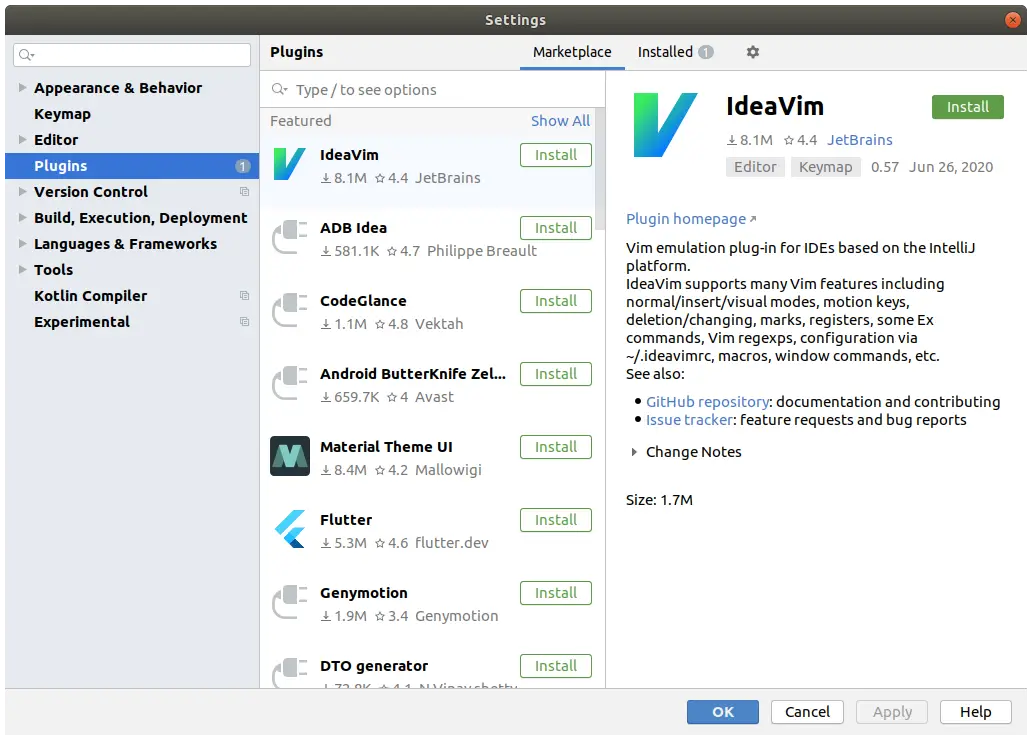

We want to compare them to check if localVersion is behind version so we know we can show the user a notification because he just installed a new version of our plugin. The first one will store the latest version that we had installed, while the latter will be the actual version installed of our plugin. We are going to start by declaring two new fields: localVersion and version.

Those methods come from BaseComponent which ApplicationComponent extends. The ApplicationComponent interface is going to give us those lifecycle methods mentioned before that we will use to do something when the IDE starts up. JetBrains documentation says that we may implement the ApplicationComponent interface, we don’t have to do it if we don’t want to but we will. In our case we want to do something when Android Studio starts up so by looking at the different types of components we can clearly see that we are going to need an application component. The first thing we have to do is identify the type of component that we need. Module level components, created for each module inside every project loaded in the IDE.Project level components, created for each project instance in the IDE.Application level components, created an initialized when the IDE (Android Studio) starts up.There are three different types of components:

Components are the fundamental concept of plugin integration, they are going to allow us to have control over their lifecycle and persist its state so it will be automatically saved and loaded. What is a component?īefore we write any code we need to understand what a component is. You could use this feature in the future to show the users what’s new in your plugin. Just to get us started we are going to show a notification when Android Studio starts up and a new version of our plugin has been installed. During that process we will learn what a component is and how we can use them to manage the lifecycle of our plugin. Today’s goal is persisting some data in our plugin. Remember that you can find all the code for this series on GitHub and you can also see the relevant code for each article on its own branch, this article’s code is in the branch Part2.


 0 kommentar(er)
0 kommentar(er)
